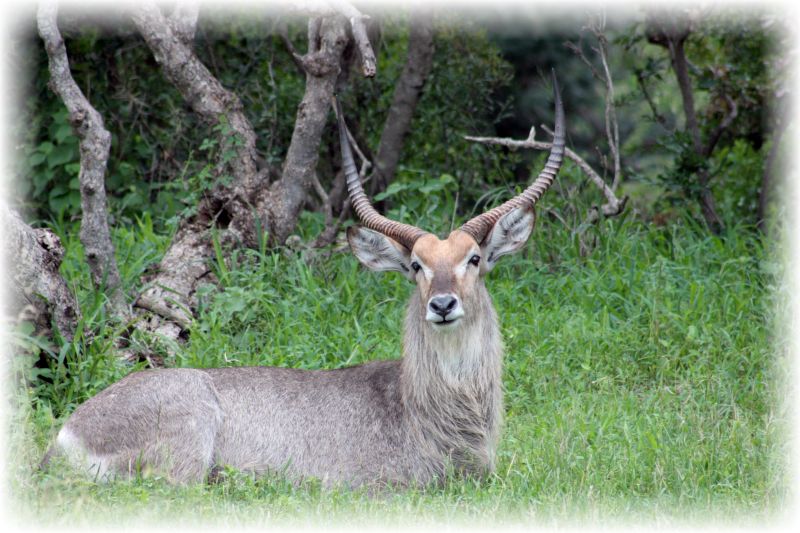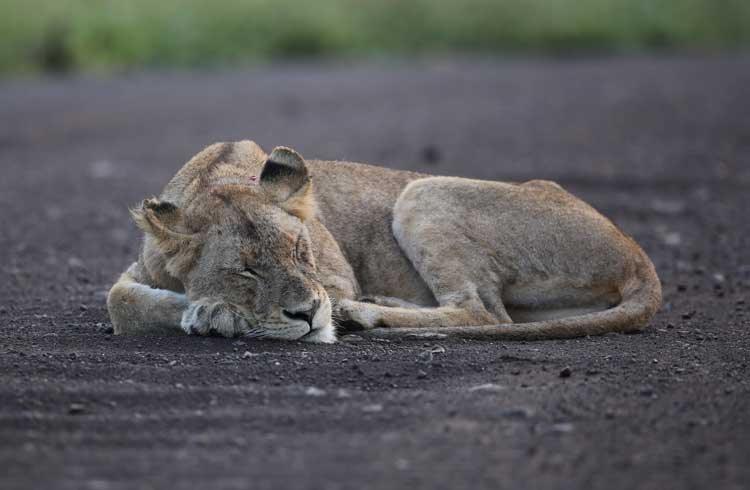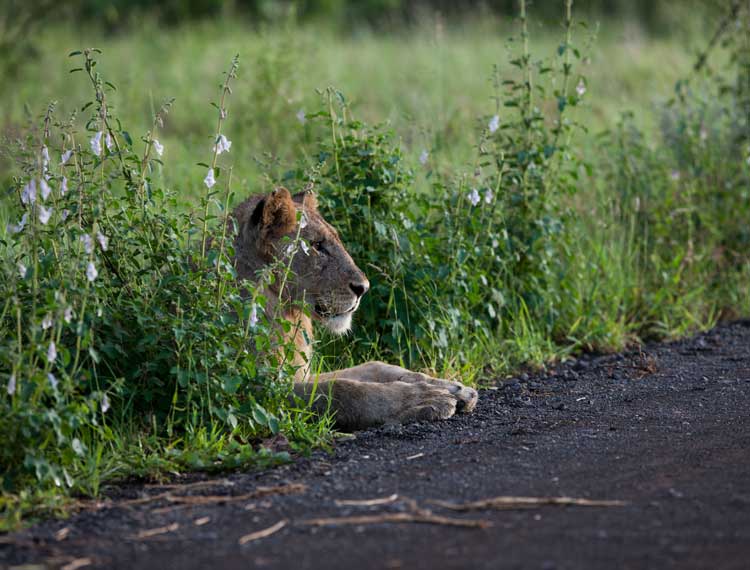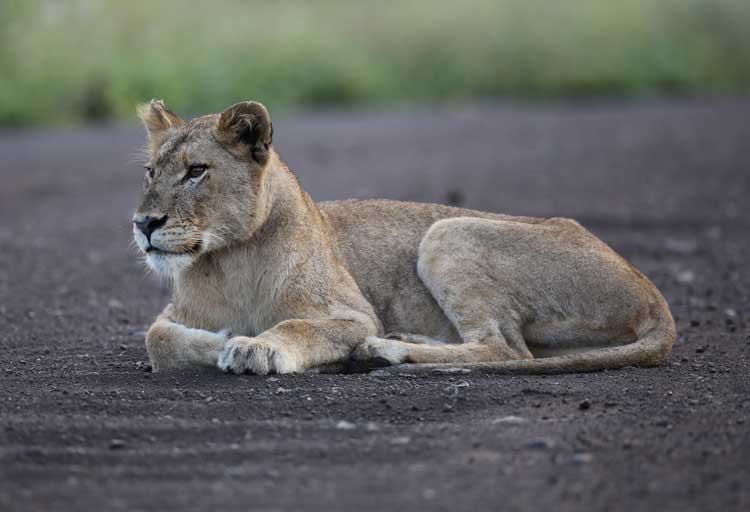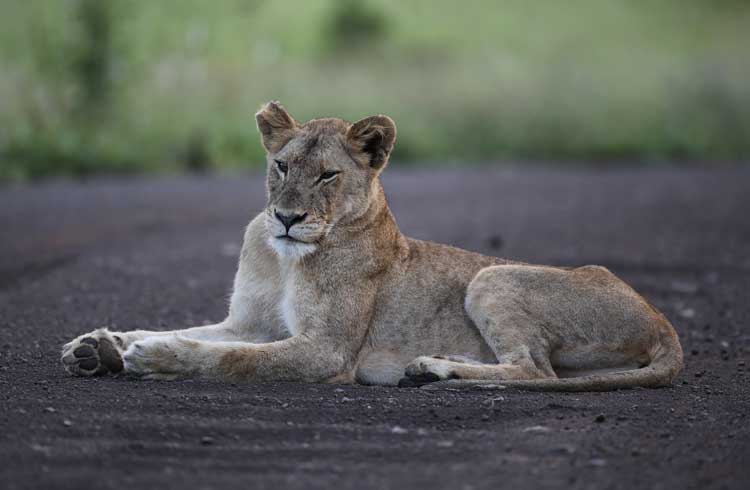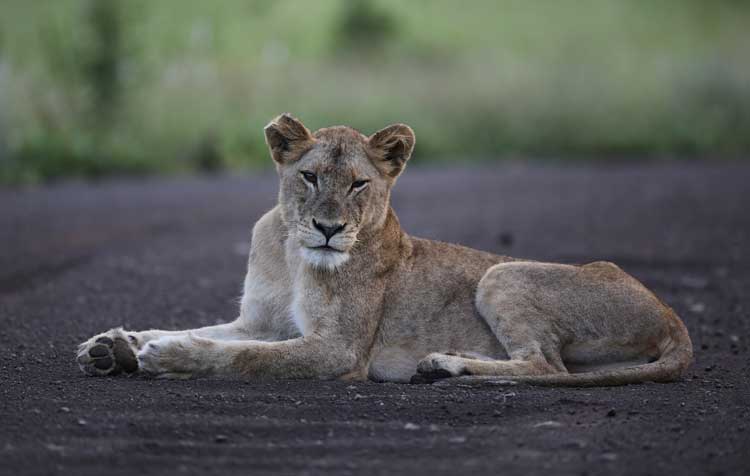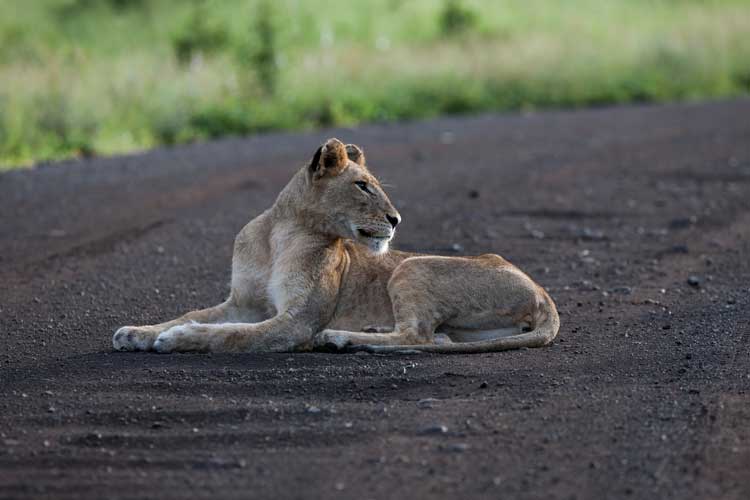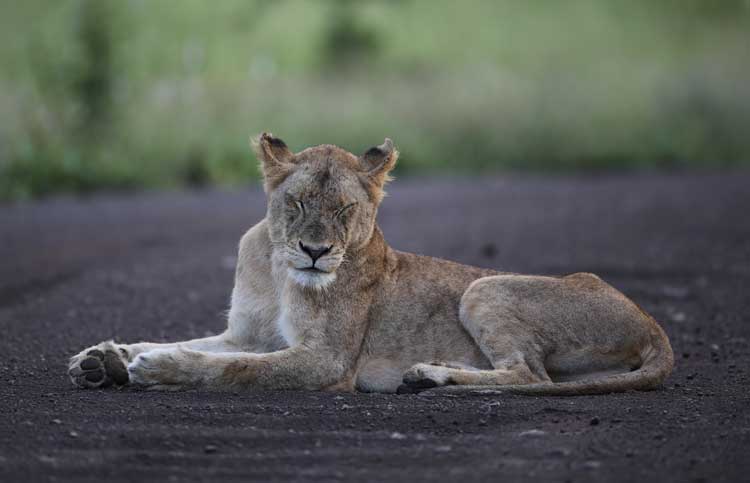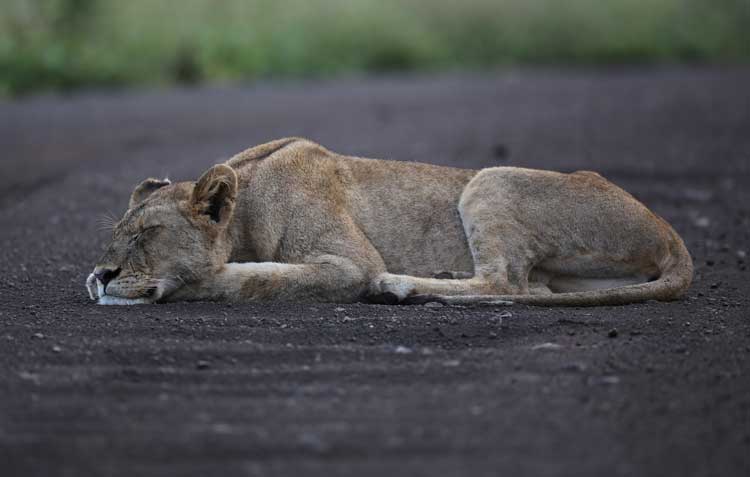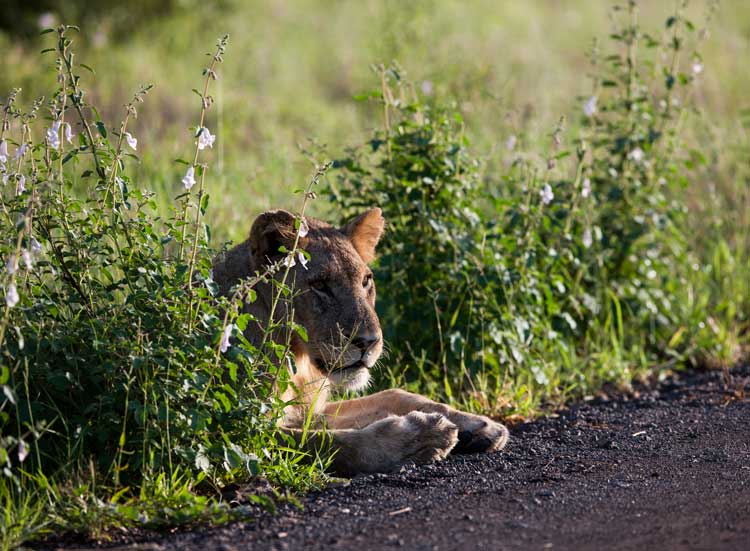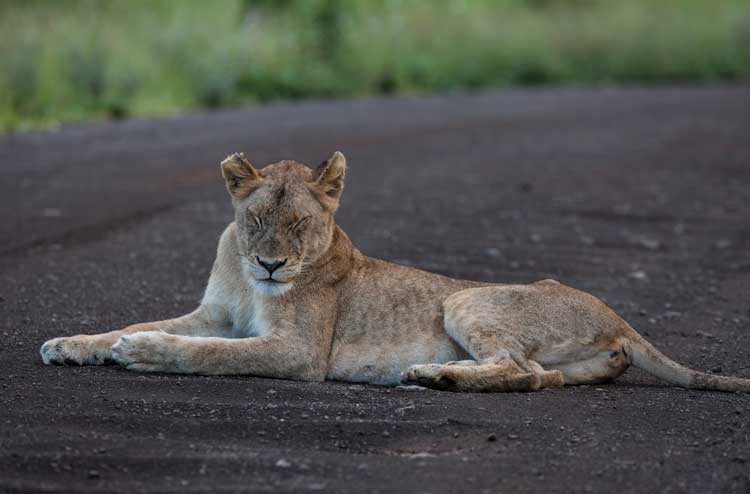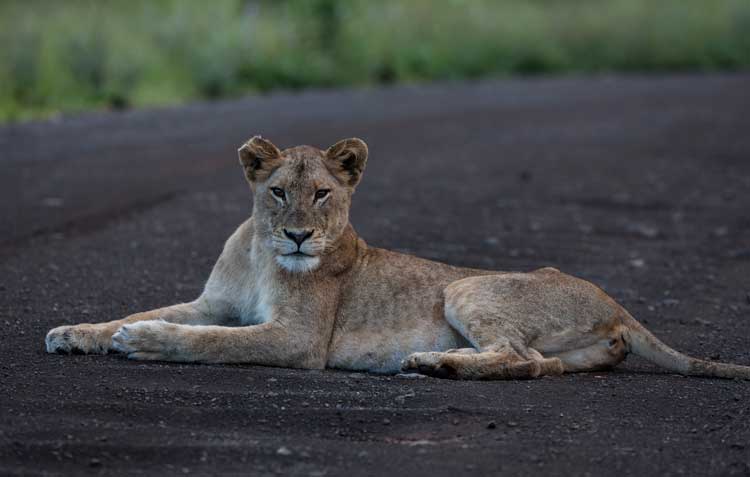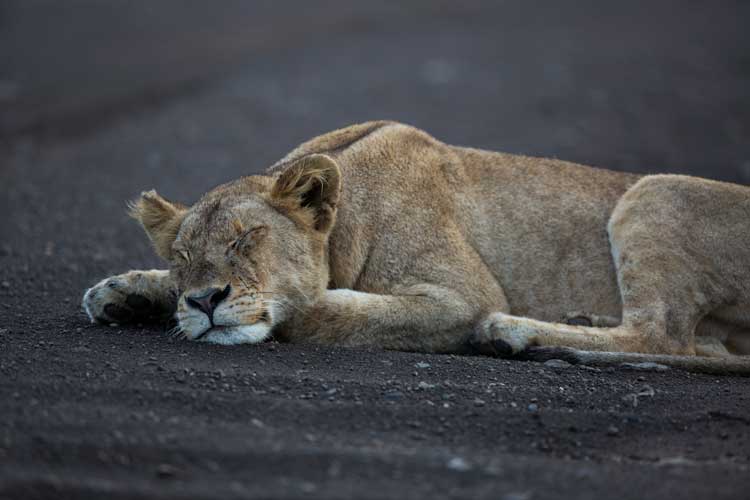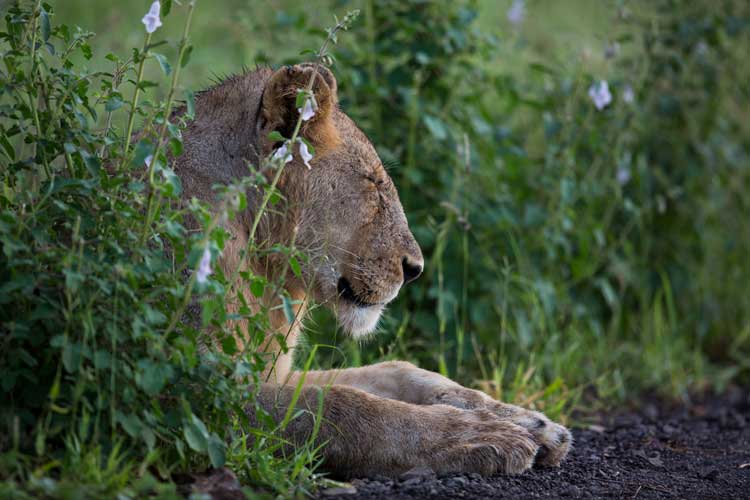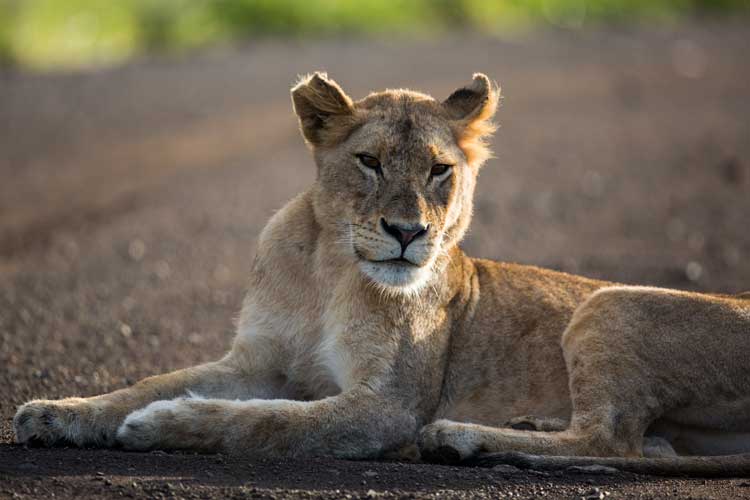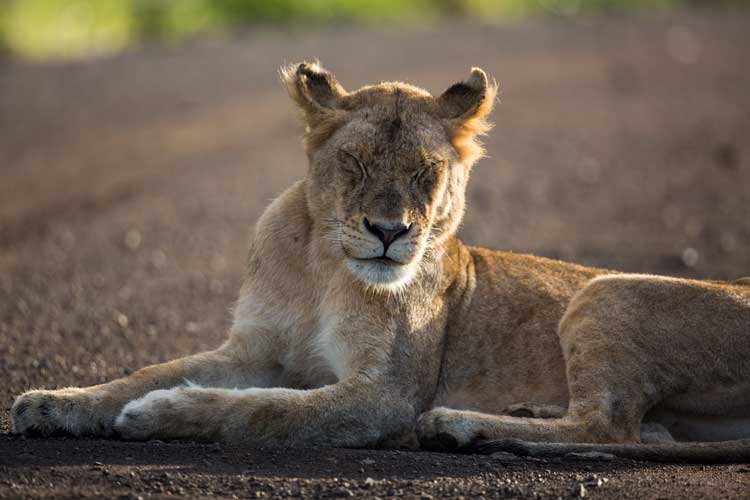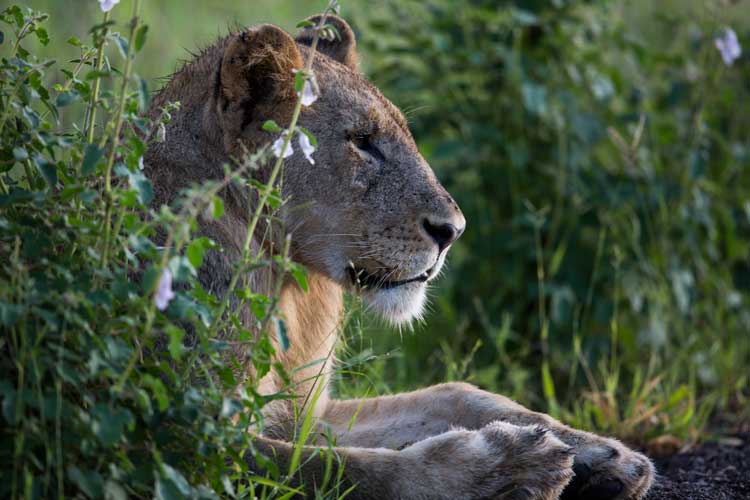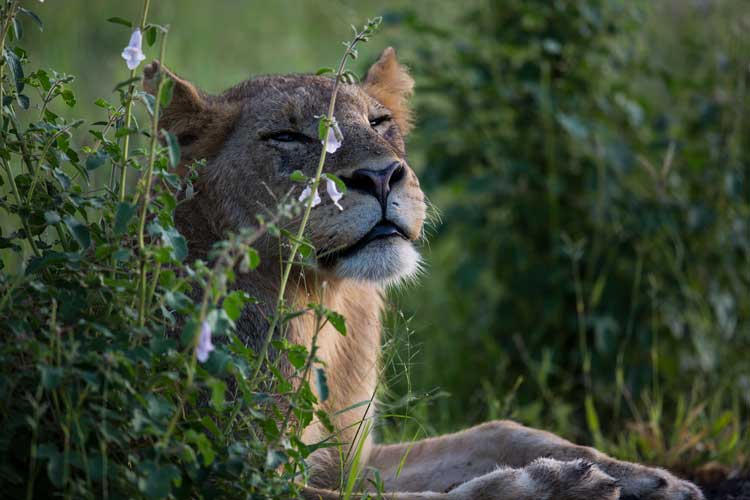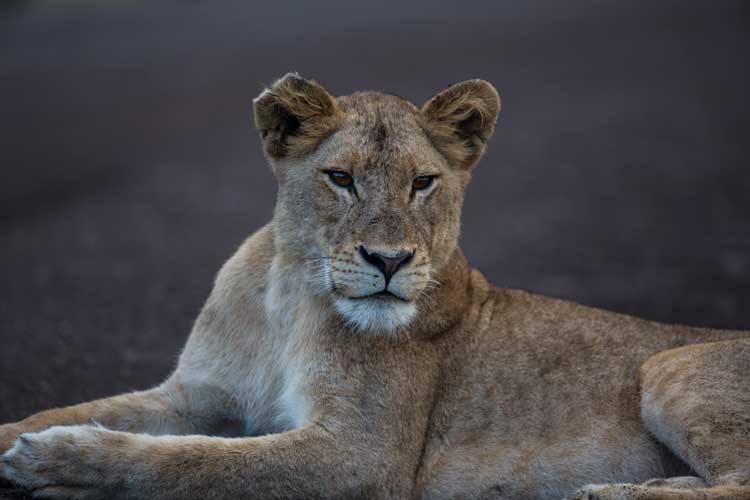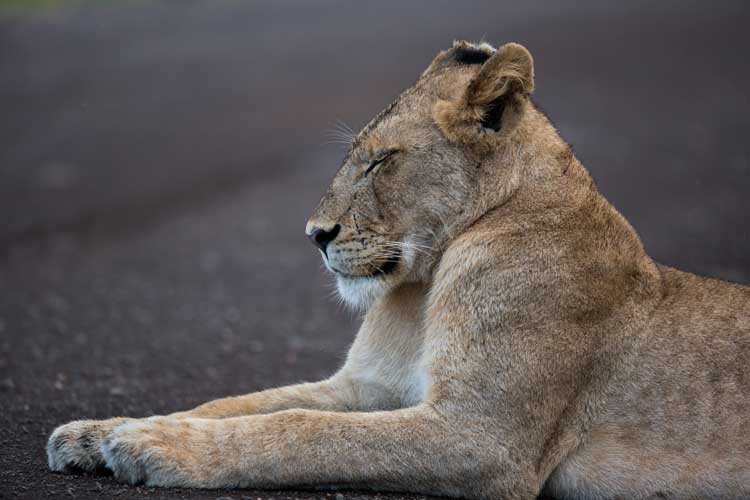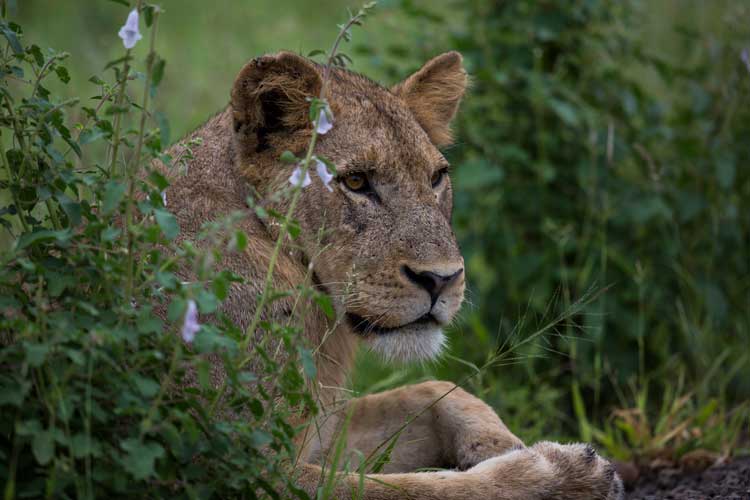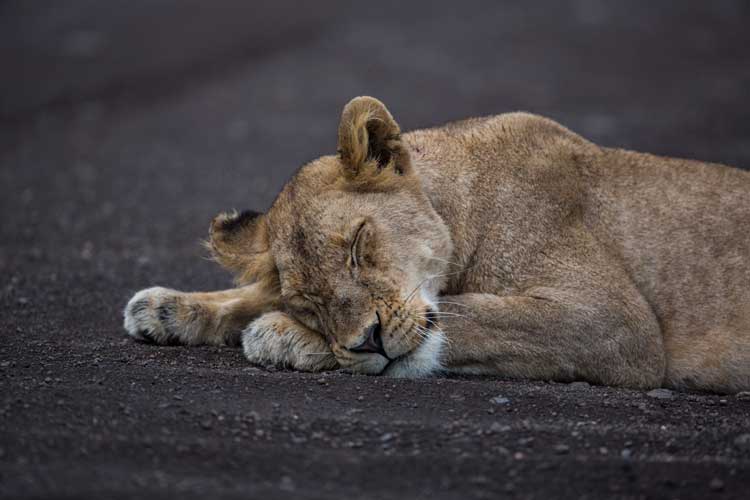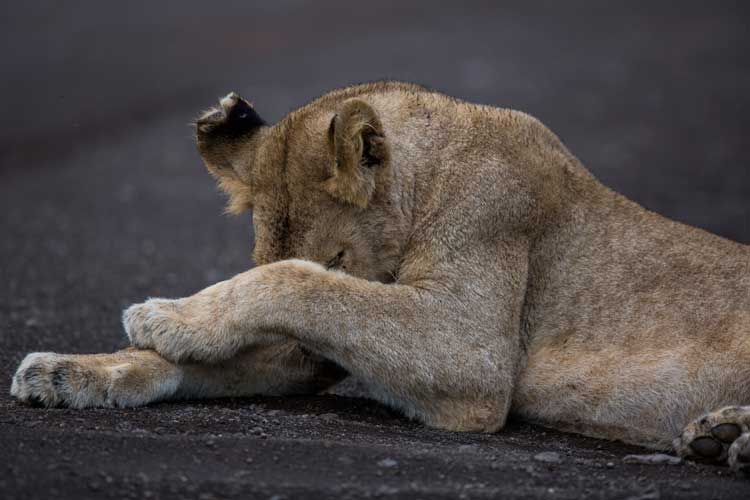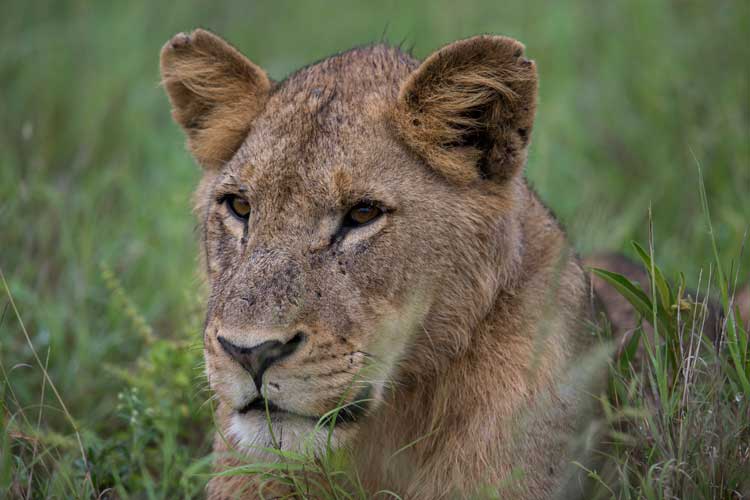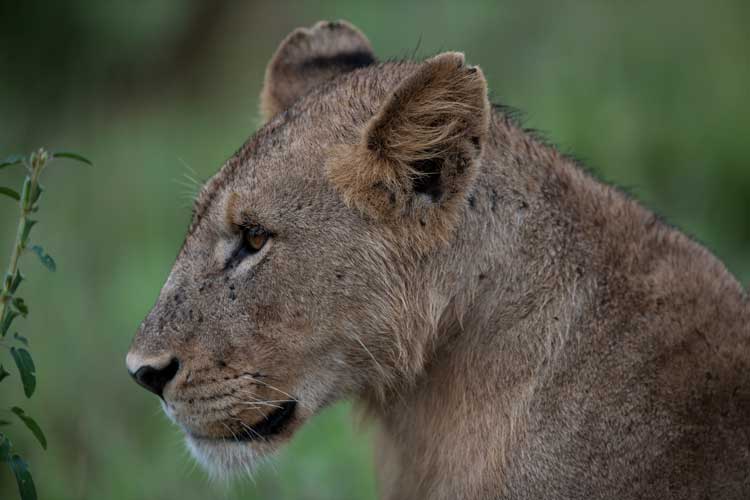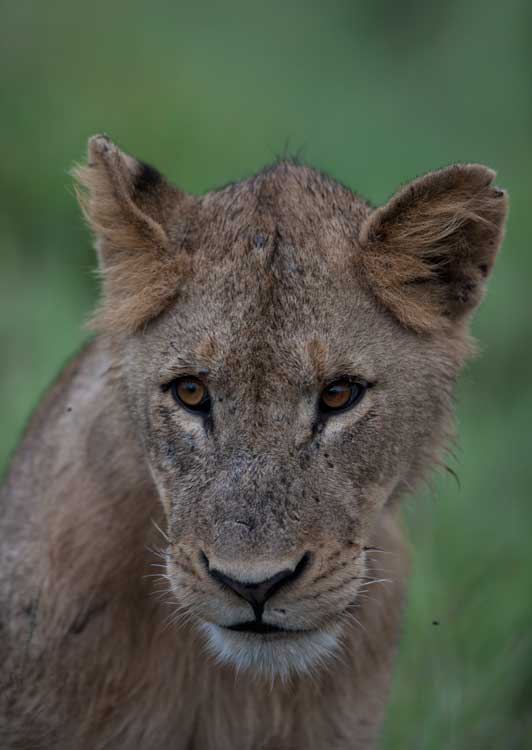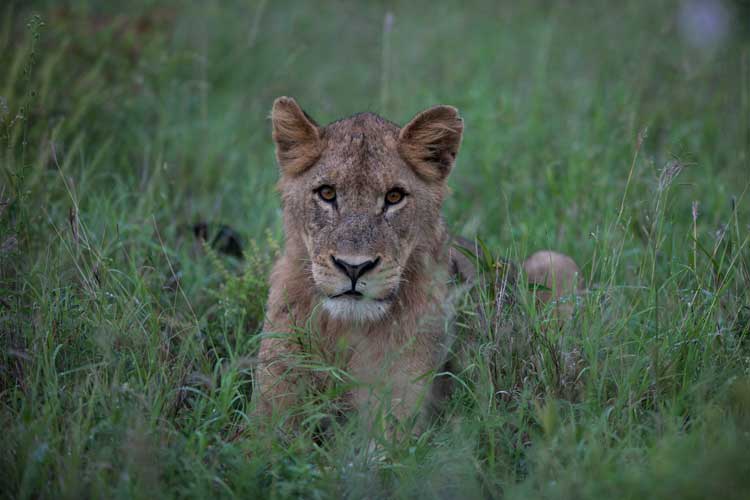The infamous S100
October 3, 2016
Predator Sightings: 5/5, Antelope Sightings: 5/5, Birding: 4/5, Landscape: 5/5
The Road: 19 km dirt road, popular, often dusty; traverses two major ecozone.
Points of interest: Loops to the pools in the N’wanetsi River.
Many visitors rate this road as the best for game viewing in Kruger. That may be so, but even the most popular road may be devoid of visible game at times. However, all the best conditions for game viewing are present and the chances of seeing game is better than elsewhere.
The road meanders close to the N’wanetsi River, which may not be flowing but still has permanent waterholes where game can drink. N’wanetsi means ‘shimmering water’ in Shangaan and probably refers to the lovely pools along this river. These attract game from the surrounding plains since most animals need to drink regularly.
The riverine vegetation is stunning and inspiring. Beautiful climax riverine vegetation lines the river road. The grassland savanna away from the river is open and visibility is at its best. Clay depressions can be recognised by stands of magic guarri where shallow pans form in the rainy season. The grass is sweet and rich in minerals. This is good grazing for species such as wildebeest and zebra. In spring when the first rains fall these species often move away from the fringes of the river and the crowded grassland.
The S100 is supreme lion country and often more than one group of these top predators may be encountered. Lions develop a preference for a particular prey species. Wildebeest are generally the favourite on the basalt plains, but some prides prefer to hunt buffalo, and others have learnt to overpower giraffe. Smaller prey such as porcupine and warthog are taken when the preferred prey is not available. It is interesting that lions neither favour nor avoid zebra, and seldom take impala.
This is also a good road for leopard. The preferred prey for leopard differs from that of lion and these two predators are often found in close proximity to each other. The size of prey animals depends on the body size of the predator. They kill their prey by delivering a bite at the base of the neck after stalking or ambushing it. Impala are the most common prey for leopard, followed by bushbuck, reedbuck and waterbuck, but they may take prey as small as rodents and even as big as a young wildebeest. Although leopards are the major enemy of baboons they seldom manage to catch one. Lions, being larger than leopards, are able to prey on larger animals such as adult wildebeest, giraffe, buffalo, waterbuck, kudu and others.
Buffalo need water daily and big herds on their way to the water are often encountered. Look out for herds close to the Shibotwana and Nsasane waterholes. Look carefully in the riverbeds since older bulls prefer juicy riverine vegetation. These old bulls are usually found in small groups since a solitary animal is an easy target for lions, and there is safety in numbers.
Birding is generally good and most of the common bushveld species may be encountered.

